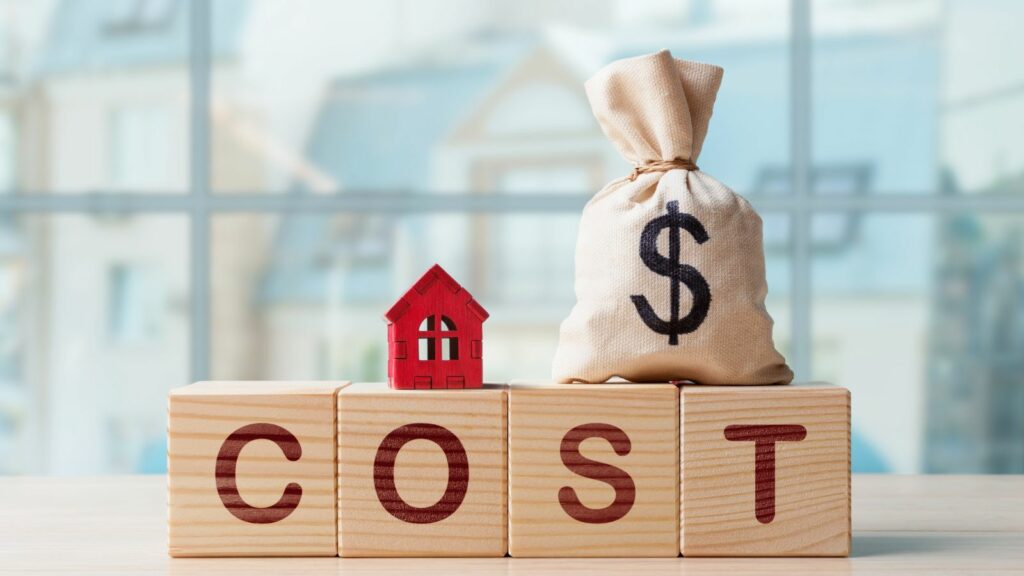Owning a home is often a person’s proudest achievement and is a sign of significant financial stability. But, the reality of homeownership in 2024 is not such a good news story. Beyond the monthly mortgage, hidden expenses and unexpected fees can add up quickly, often placing homeowners in difficulty. We look at 20 surprising facts that reveal the true cost of owning a home today.
Rising Interest Rates Are Adding to Mortgage Payments

The Federal Reserve’s interest rate hikes have led to higher mortgage rates, significantly increasing monthly payments for new homeowners. Even a small increase in rates can translate to thousands of dollars in extra payments over the life of a mortgage.
Property Taxes Are on the Rise
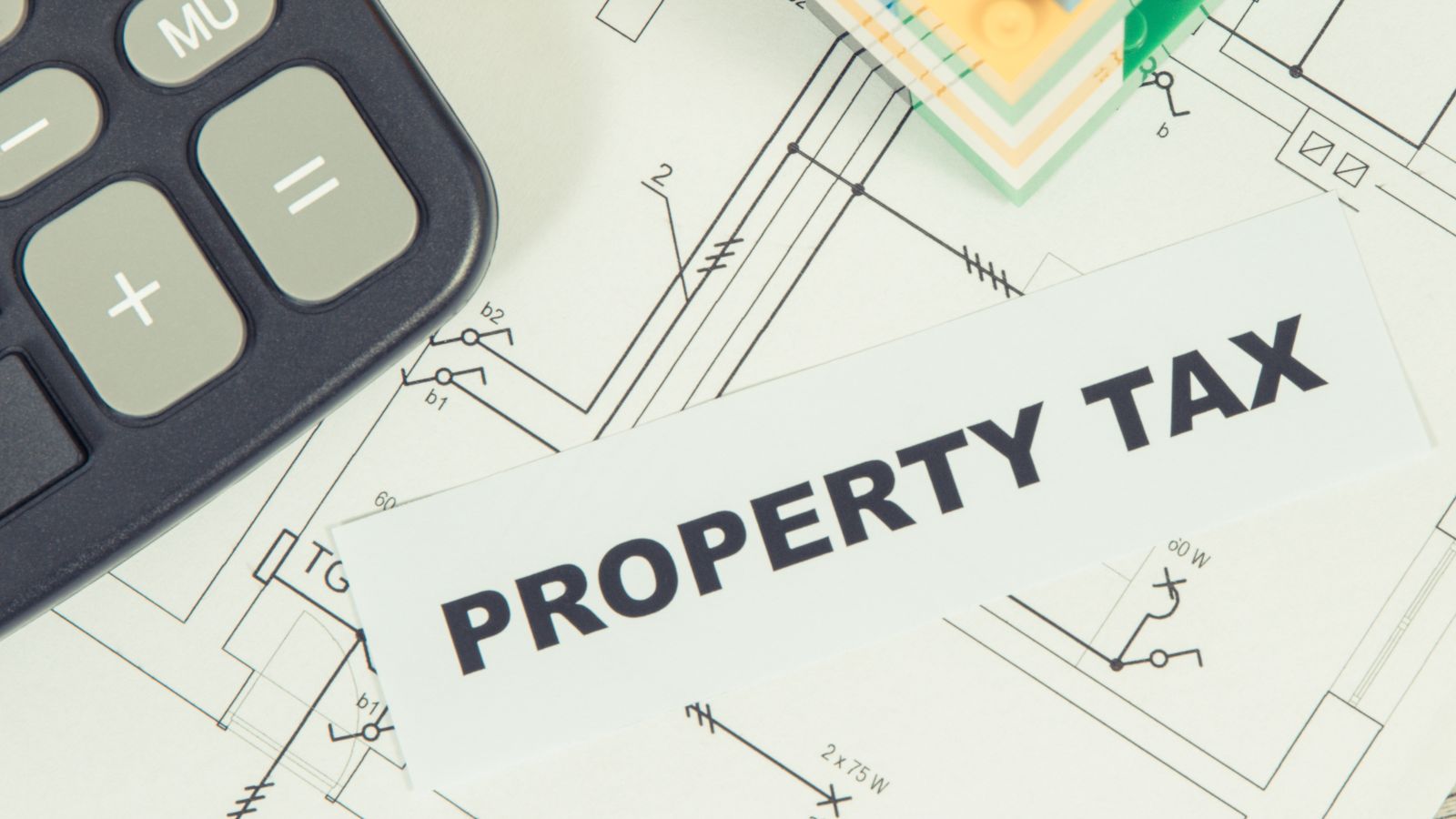
Many local governments are raising property taxes to address budget shortfalls and this trend is projected to continue. Depending on the area, property taxes can vary widely, so even modest increases can impact affordability.
Insurance Costs Are Increasing Due to Climate Change
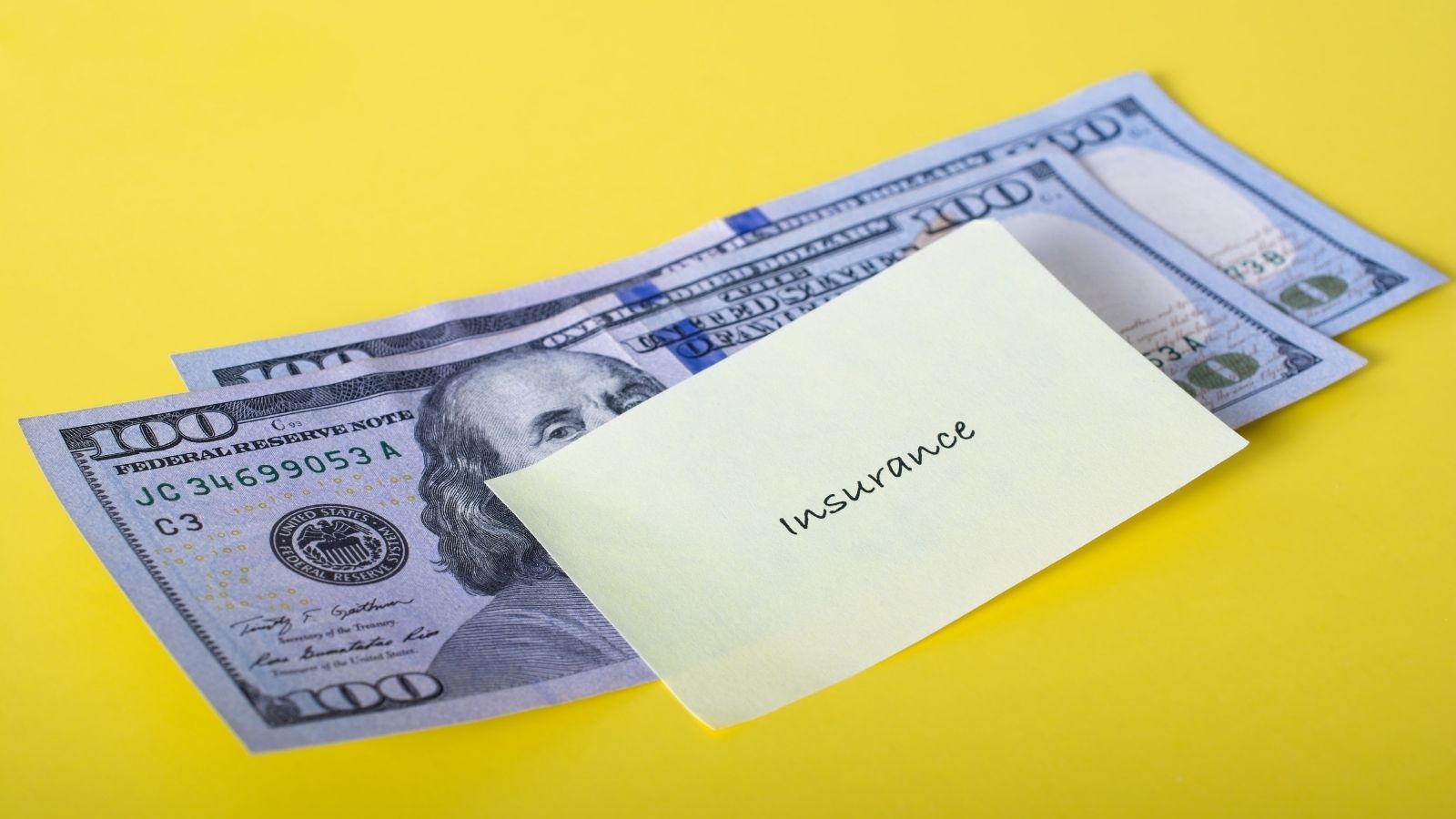
With more frequent and severe weather events, home insurance premiums are going up, especially in regions vulnerable to natural disasters like hurricanes, wildfires, and floods. Premiums in high-risk areas have seen steep increases over the last few years.
Maintenance Costs Can Reach 1–3% of Home Value Annually
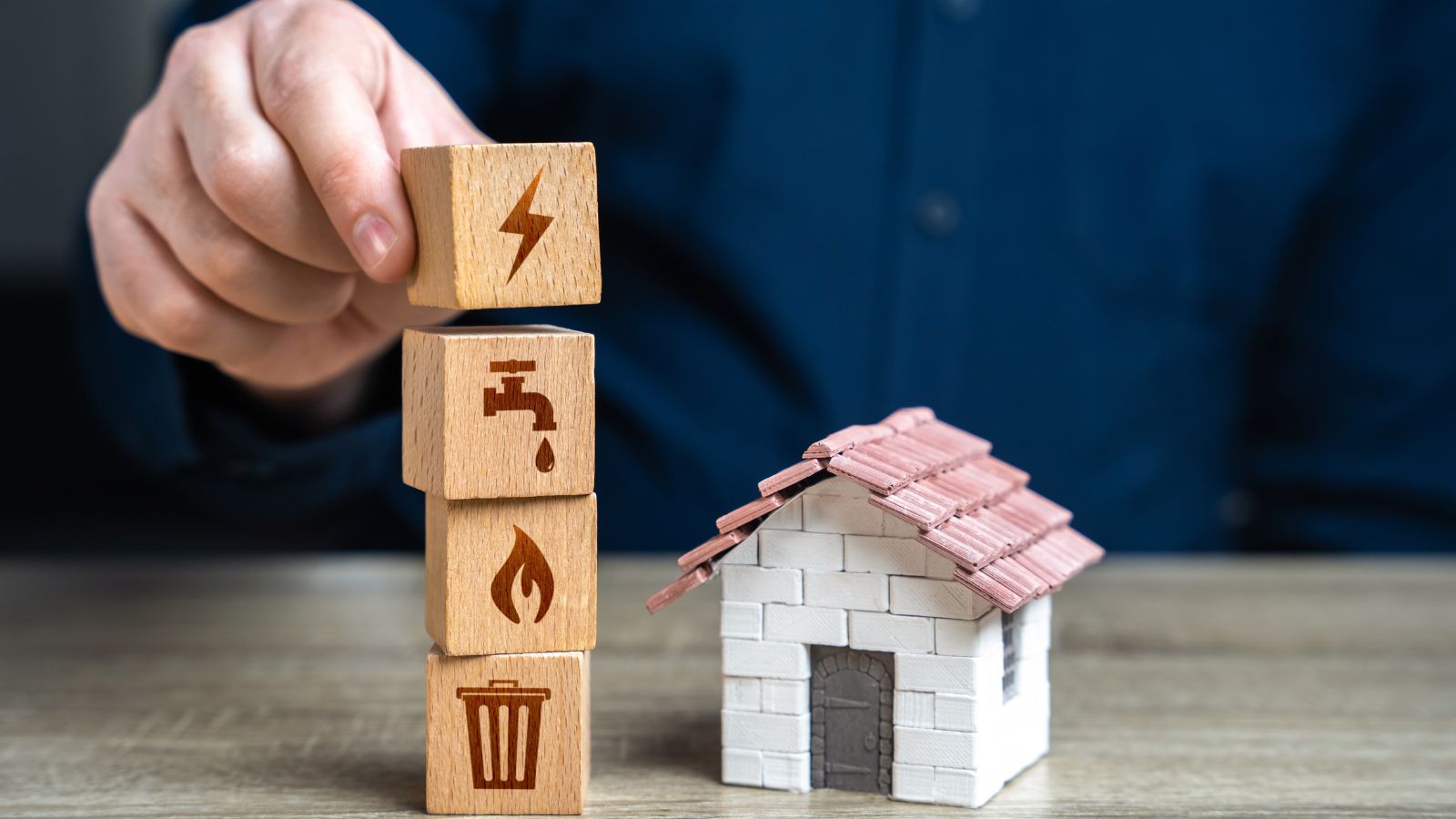
General maintenance, such as roof repairs, plumbing fixes and heating or cooling system upkeep, can amount to 1–3% of a home’s value each year. For a $300,000 home, that could mean up to $9,000 in annual maintenance costs.
Homeowners Associations (HOAs) Add Extra Fees
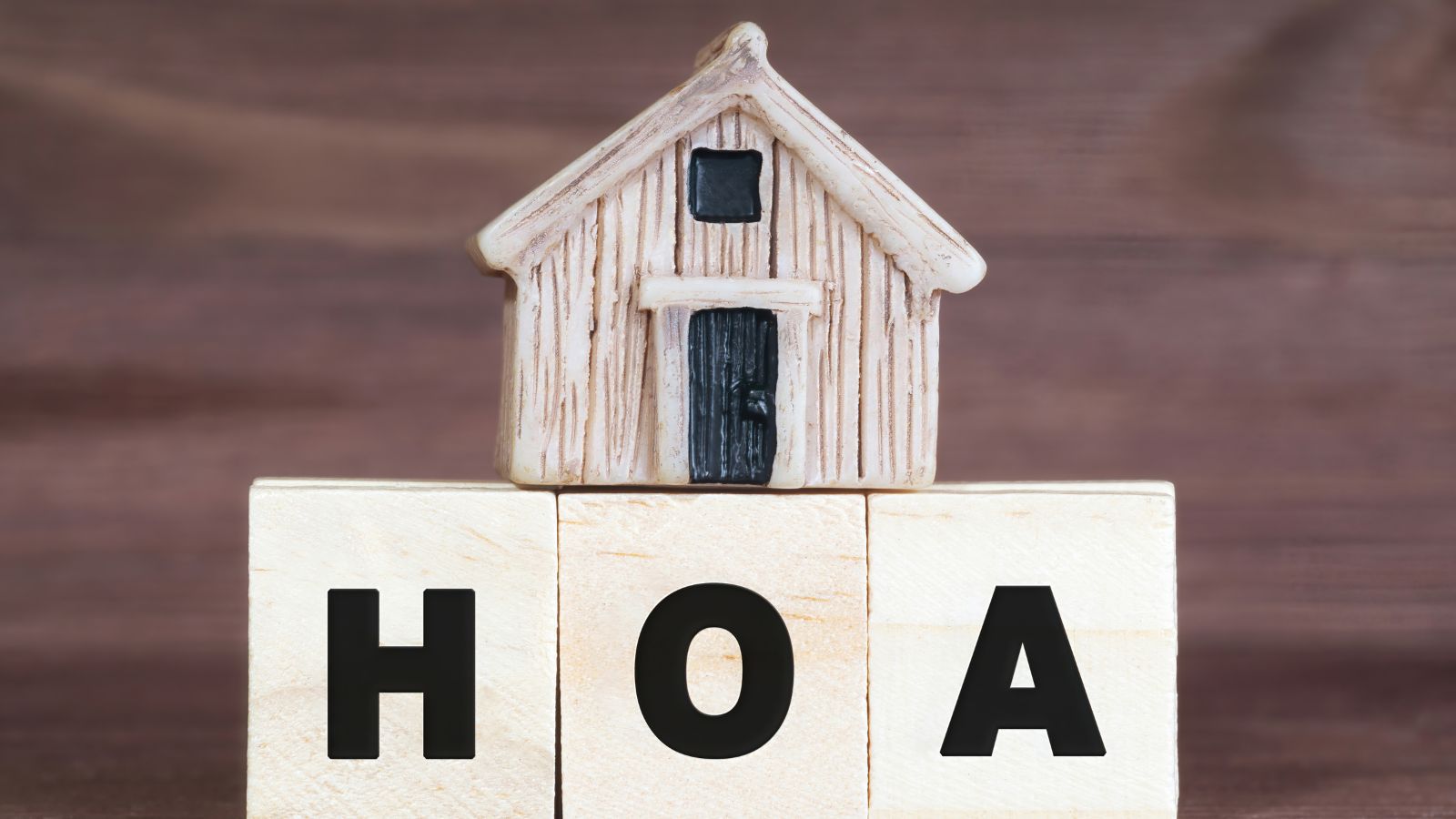
For those living in communities governed by HOAs, fees can range from a few hundred to several thousand dollars each year. While HOAs often provide community maintenance and amenities, they add an ongoing expense to homeownership.
Utility Bills Can Be Higher in Older Homes

Older homes may lack energy-efficient upgrades, leading to higher electricity, heating and water costs. The difference between utility costs in older versus newer, energy-efficient homes can be stark, especially in extreme weather conditions.
Renovations Rarely Recoup Their Costs Fully
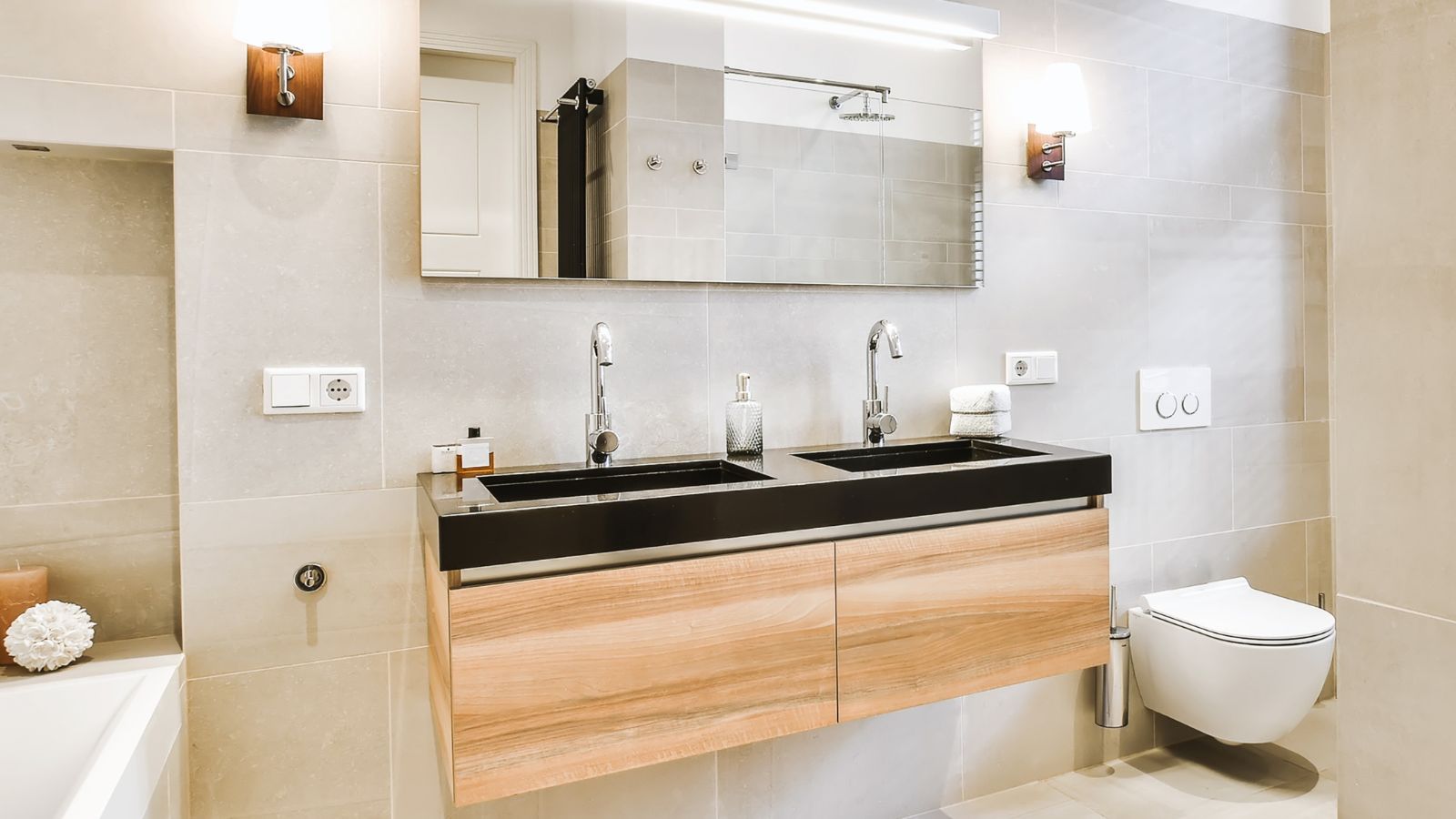
While kitchen and bathroom remodels are popular, most renovations don’t return theirfull investment when it’s time to sell. Homeowners should budget carefully and choose upgrades that also enhance livability rather than solely considering resale value.
Interest on Mortgage Loans Adds Up Over Time
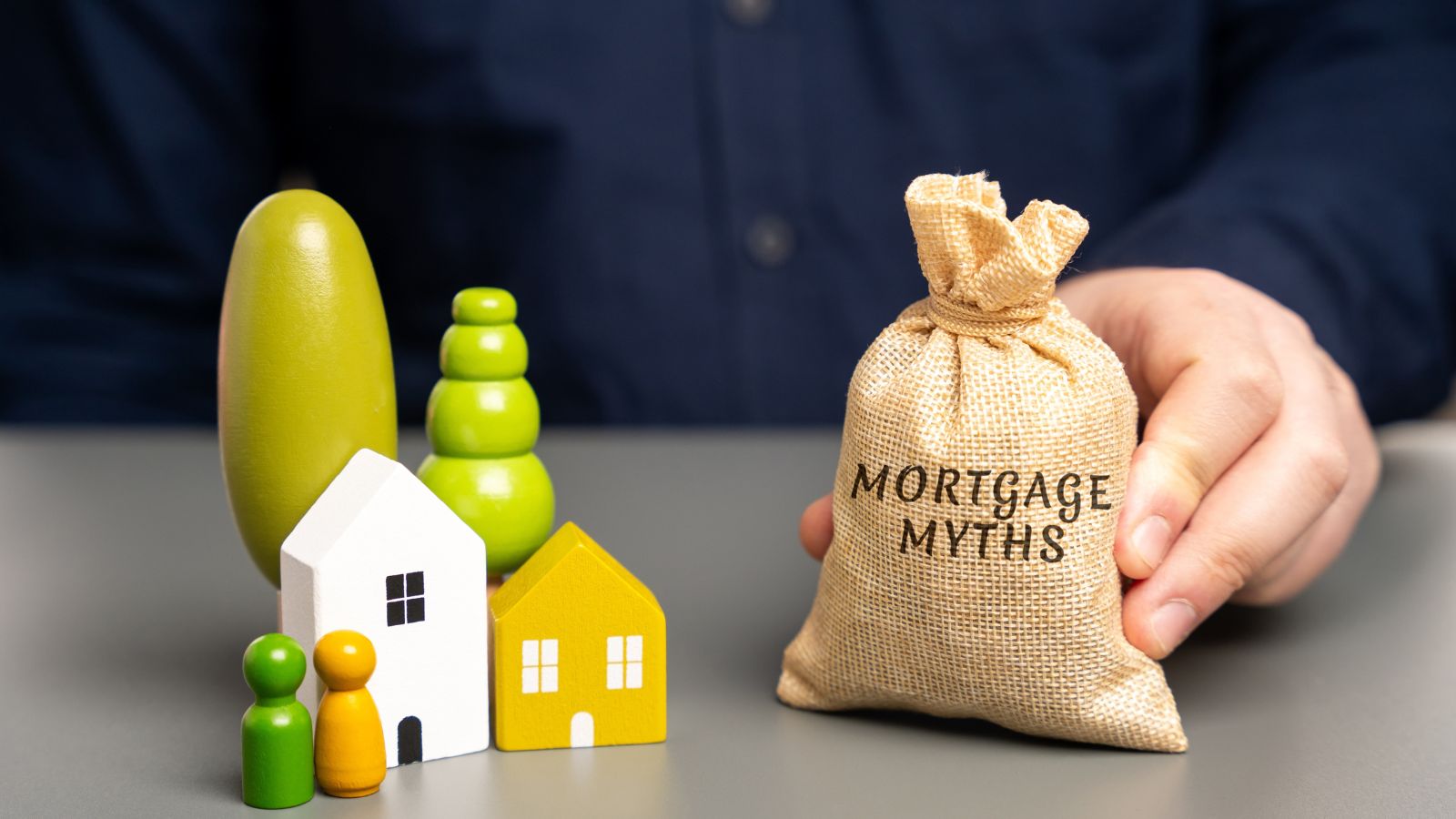
The total interest paid on a 30-year mortgage can end up being close to or even more than the original purchase price. With current rates, a home bought for $300,000 could cost over $500,000 after factoring in interest.
Landscaping and Yard Maintenance Require an Ongoing Budget
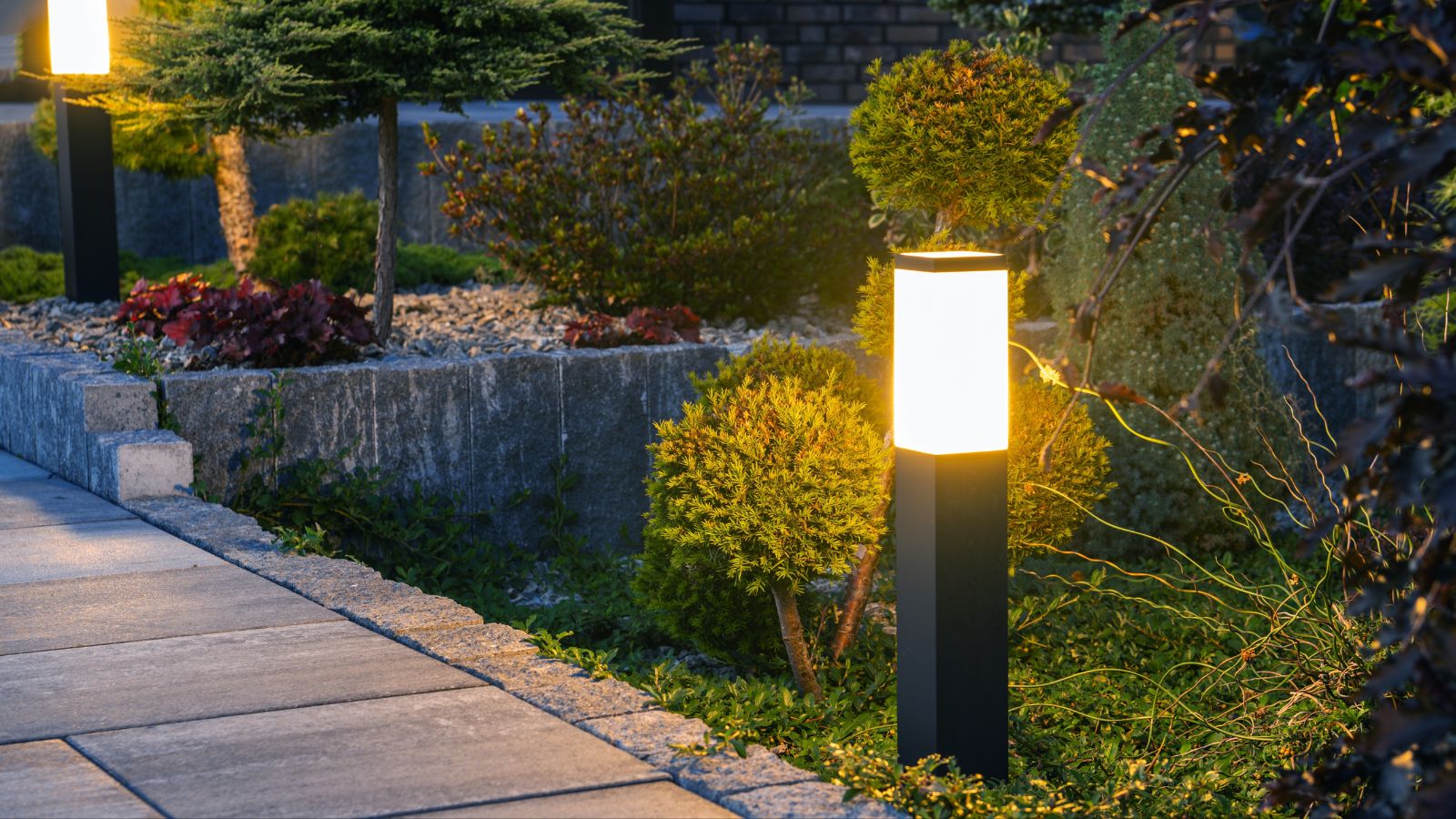
Depending on the region and yard size, landscaping can be a sizable ongoing cost, especially when maintaining elements like a lawn, trees and garden. Many homeowners find themselves spending more than anticipated on landscaping upkeep each year.
Appliance Replacement Costs Add Up Over Time
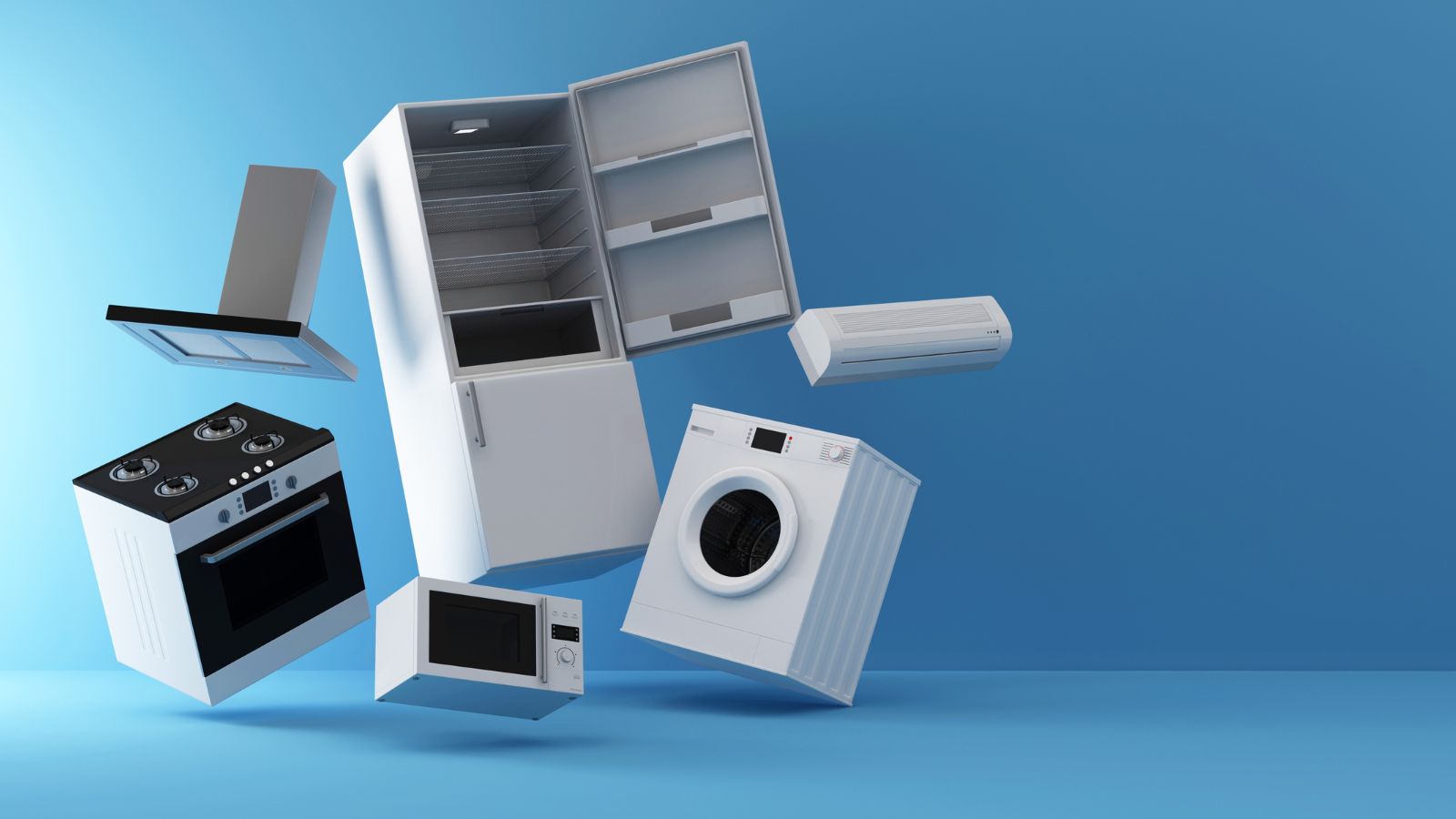
Appliances like water heaters, HVAC systems, washers and refrigerators have limited lifespans and often need replacing every 10–15 years. These replacements can run thousands of dollars and are a reality of long-term homeownership.
Pest Control Is an Unexpected Necessity
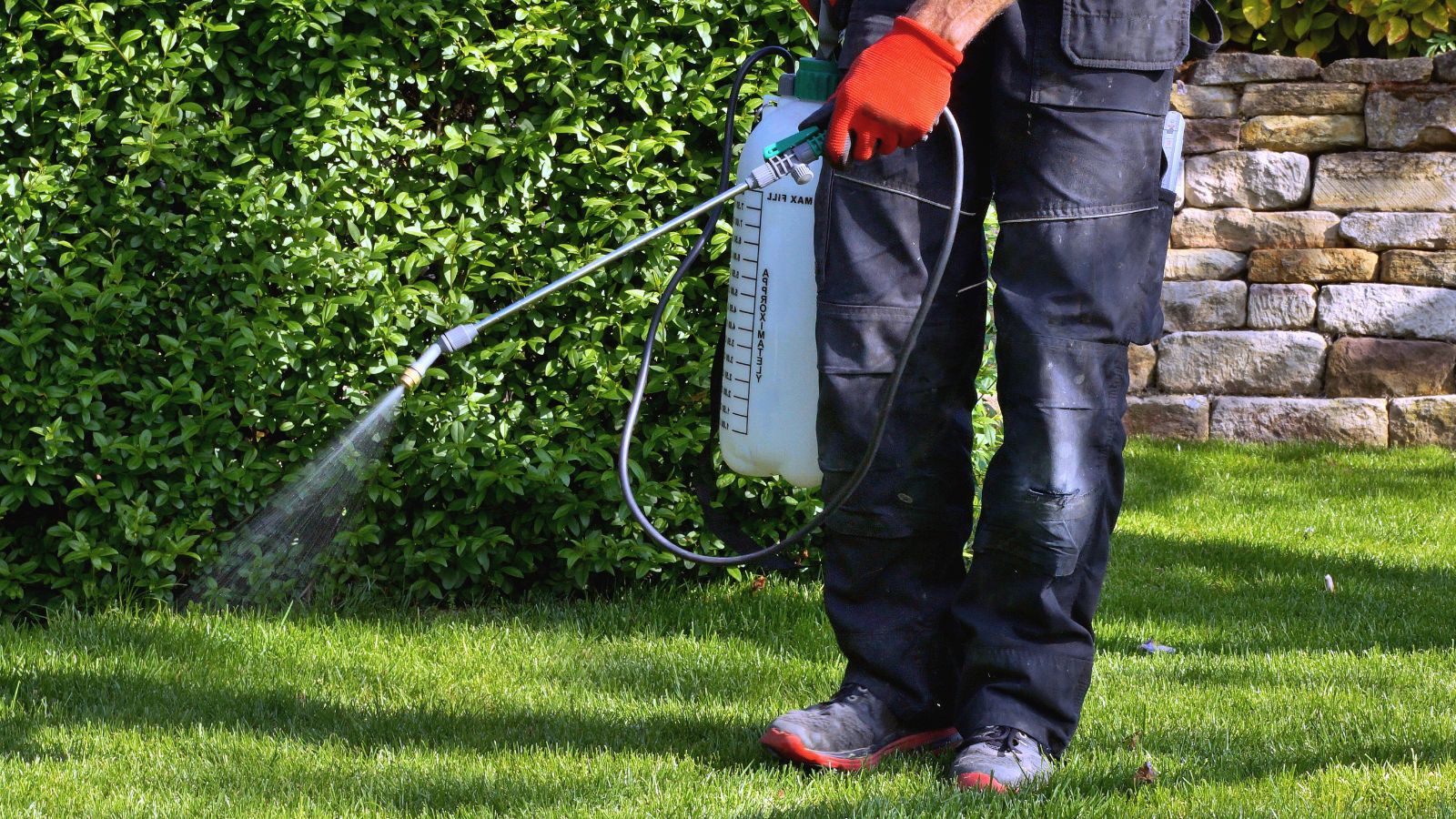
From termites to rodents, pest control is sometimes essential and can come with hefty costs. Preventative treatments are often necessary, especially in certain areas, adding another recurring expense.
Closing Costs Can Be Overlooked but Are Significant
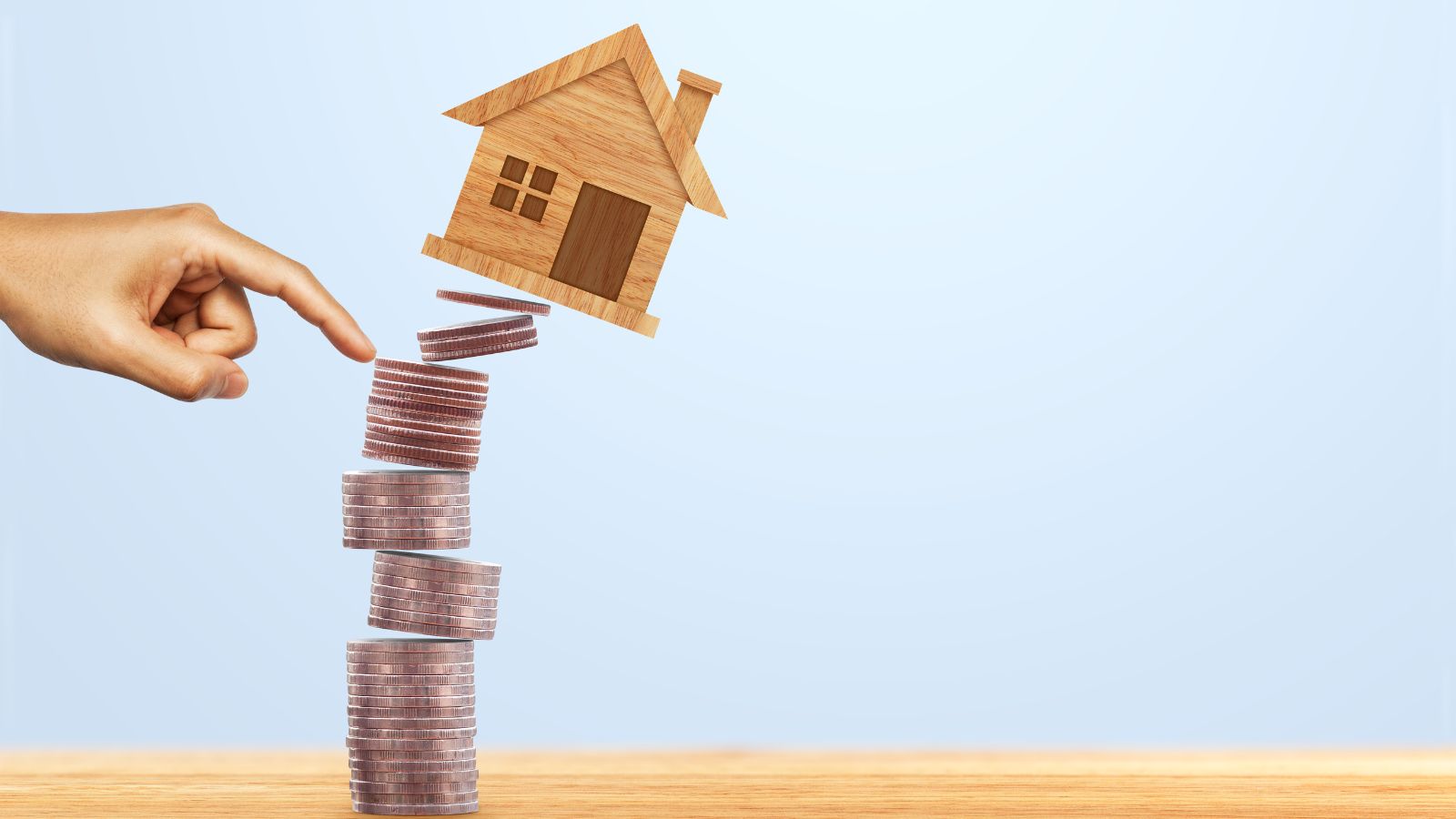
Closing costs on a new home can be between 2% and 5% of the purchase price. On a $300,000 home, this can add up to $6,000–$15,000, a significant expense that catches some first-time buyers by surprise.
Home Warranties Are Extra but Can Be Beneficial
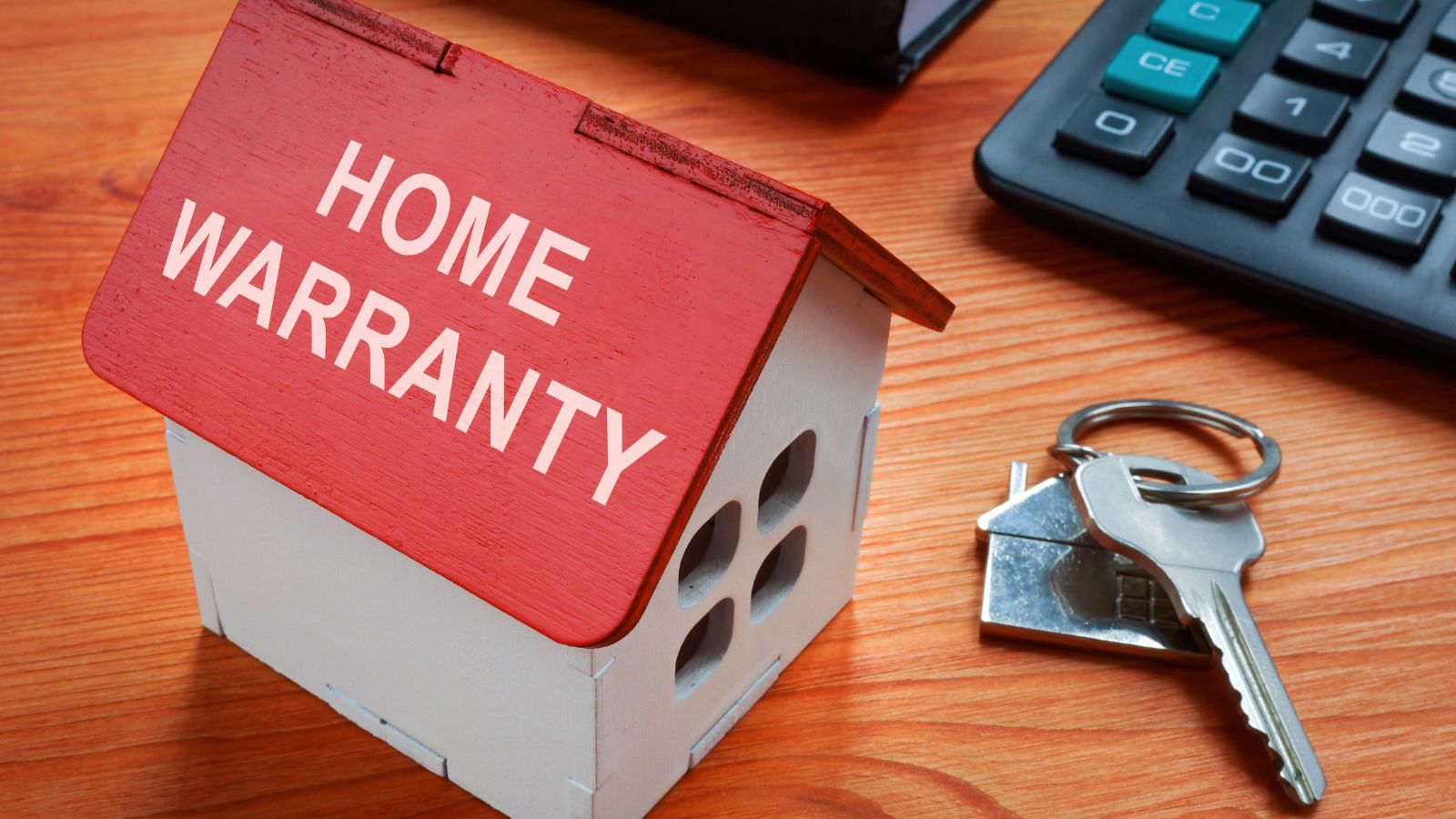
Many new homeowners invest in home warranties to cover the repair or replacement of major systems and appliances. While helpful, these warranties are an added cost and typically range from $300 to $600 per year.
Property Values and Home Equity Are Fluctuating

Market fluctuations mean property values aren’t guaranteed to increase, especially in areas with slow economic growth. Home equity can be unpredictable and relying solely on property appreciation for long-term financial growth can be risky.
Capital Gains Taxes on Profitable Home Sales
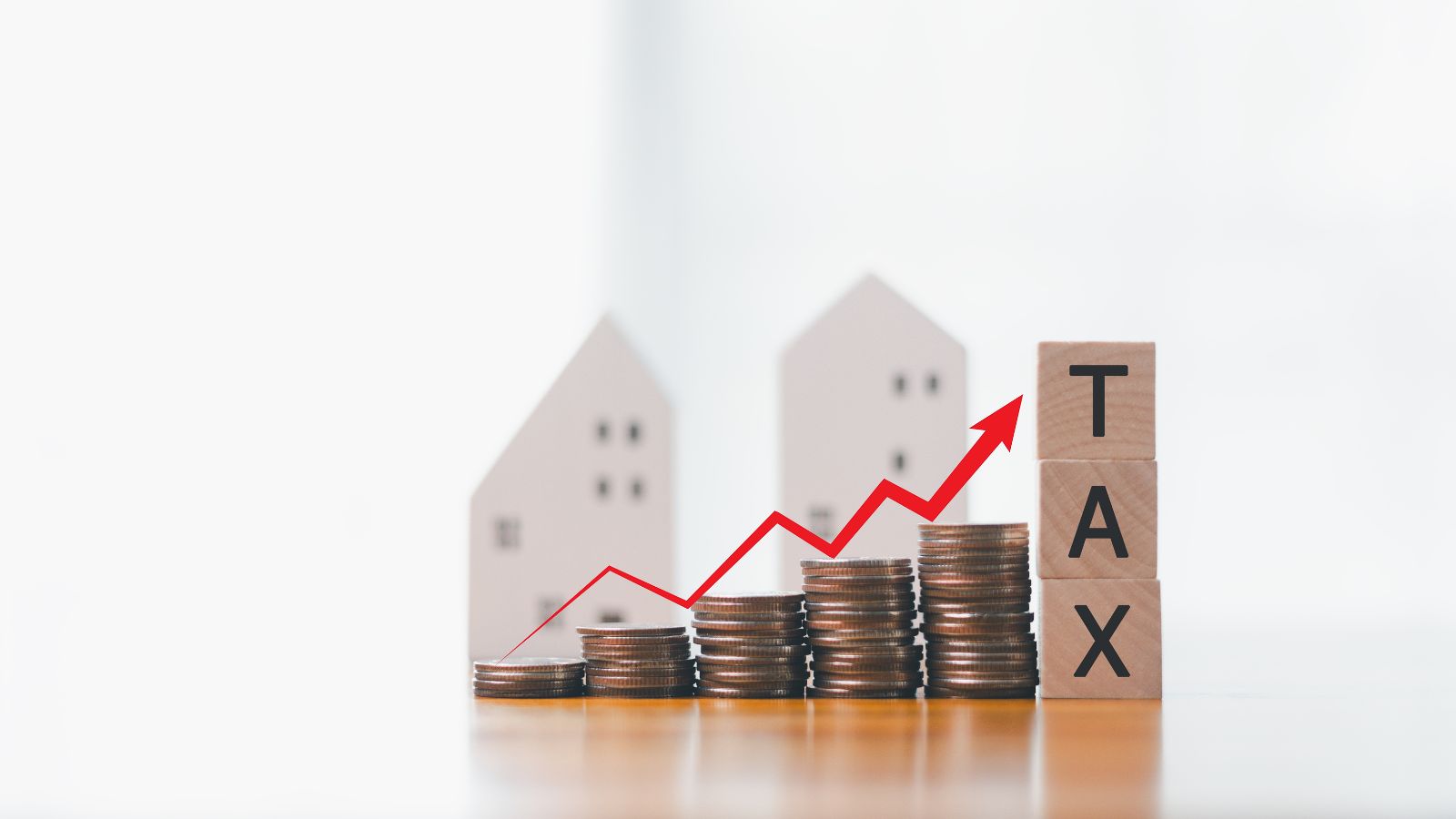
Selling a home for a profit can incur capital gains tax, especially for high-value homes or second properties. Tax exemptions exist, but homeowners should be aware of potential tax implications when selling.
The Cost of Furnishing a Home Can Be High
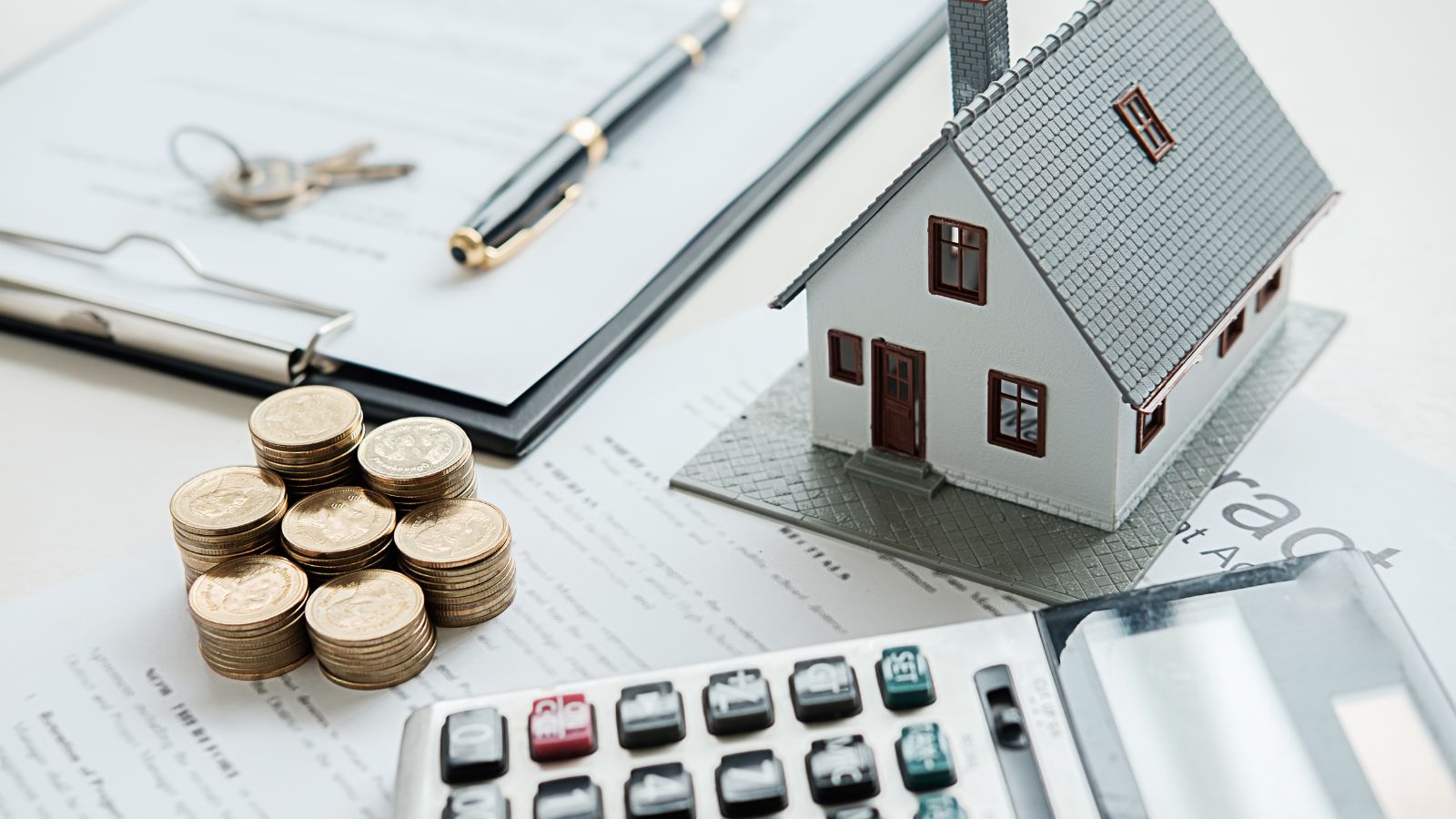
Moving from an apartment or smaller space, many homeowners find themselves needing to furnish additional rooms. The costs of furniture, decor and household essentials add up and can easily run into thousands of dollars.
Emergency Fund for Unexpected Repairs Is Essential
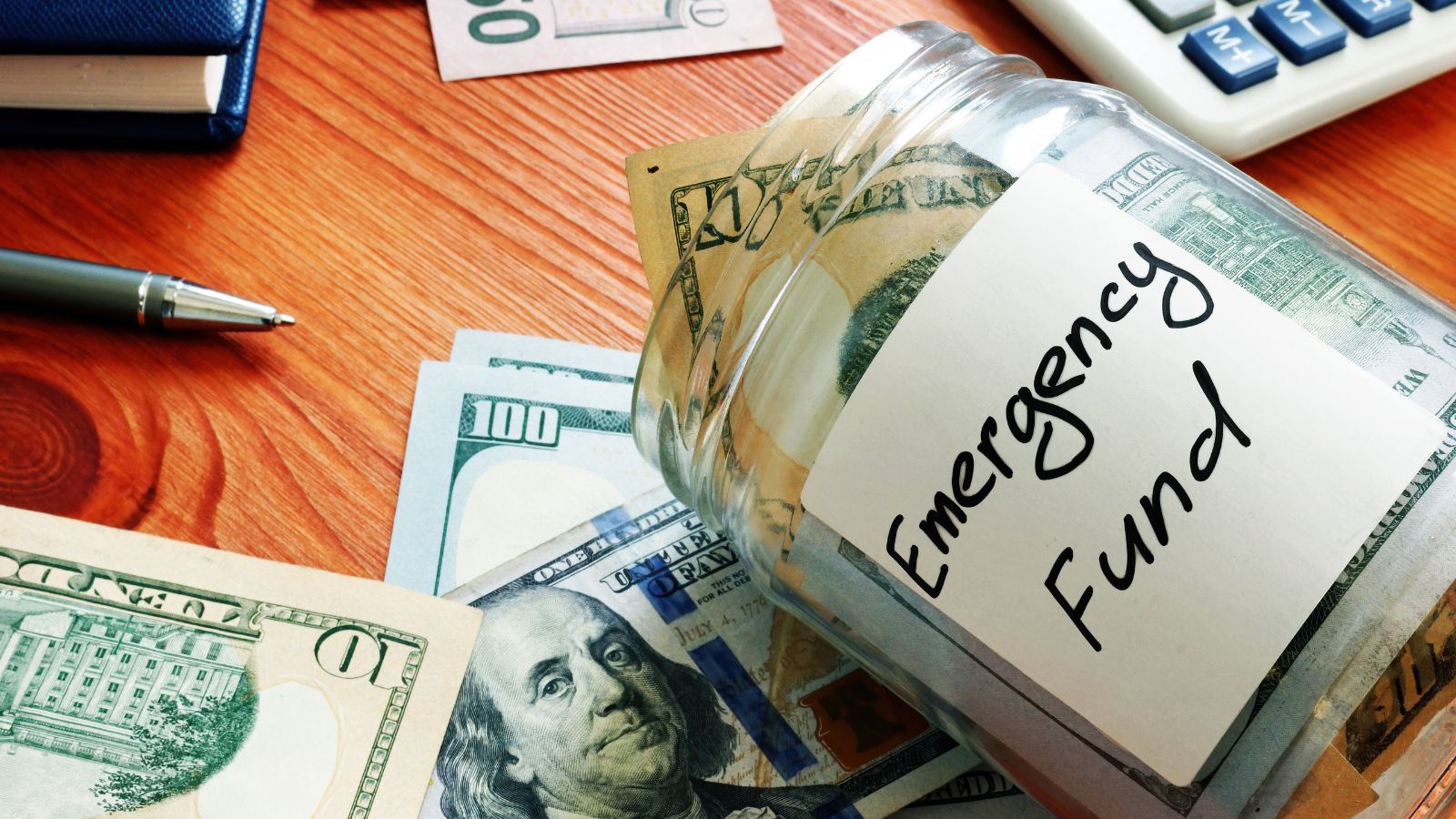
Emergency repairs are inevitable, whether a pipe bursts, the roof leaks, or a window breaks. Financial experts recommend setting aside 1–3% of the home’s value annually for unexpected repairs, adding a sizable line item to the annual budget.
Security System Installation and Maintenance

Many homeowners opt for security systems, which can require an upfront cost as well as monthly service fees. Monitoring services add to ongoing expenses, though they offer peace of mind.
Increased Mortgage Payments Due to Property Value Reassessments
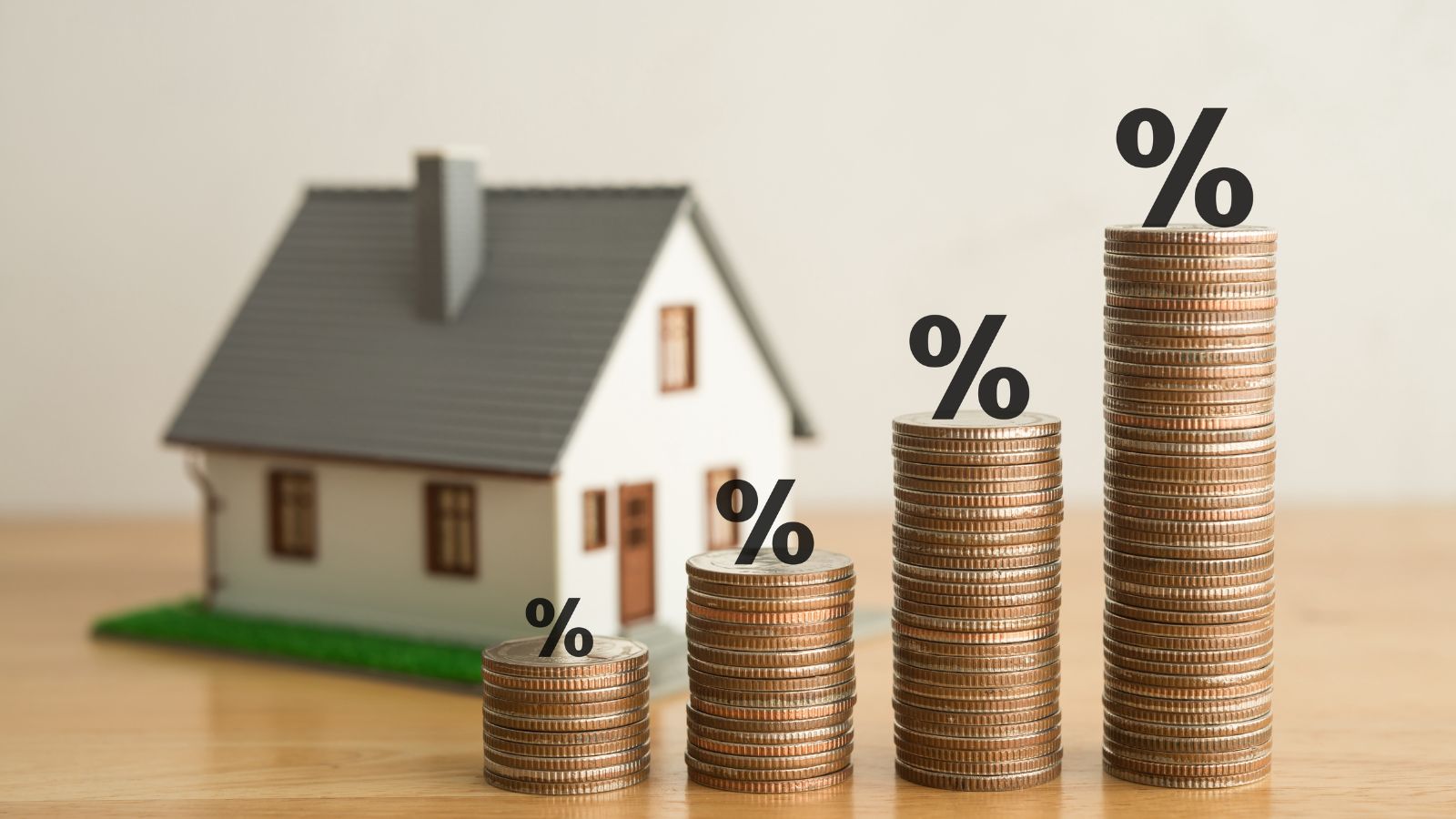
When home values increase significantly, some mortgage lenders reassess property taxes or insurance, which can result in higher monthly payments even for those on fixed-rate loans. Homeowners in rapidly appreciating markets should be prepared for potential adjustments.
Refinancing Costs Are Often Overlooked
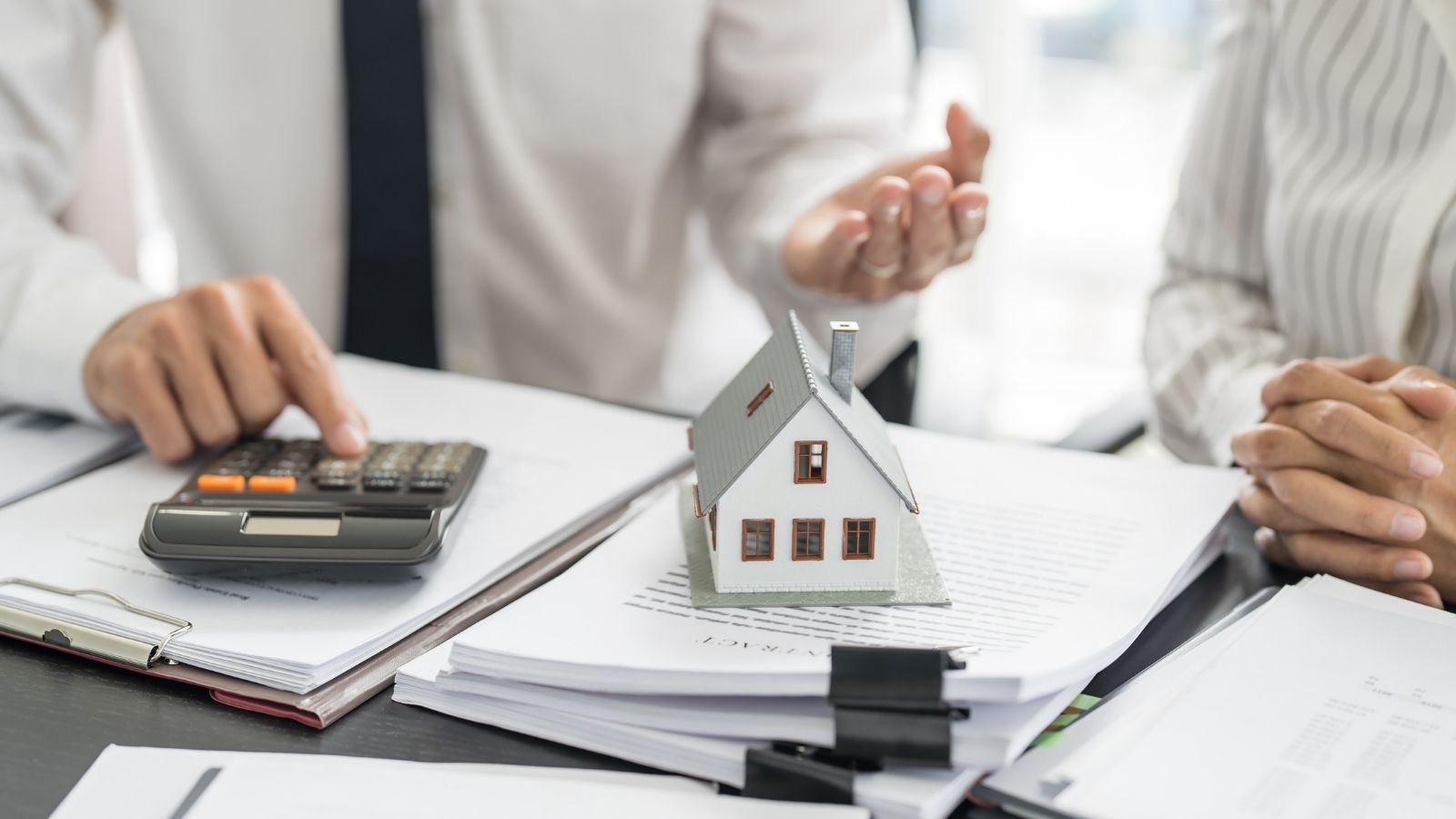
Refinancing a mortgage can offer lower interest rates or monthly payments, but the process itself has costs. Appraisal fees, closing costs and origination fees can sometimes outweigh the benefits, so homeowners should calculate carefully before refinancing.
18 Reasons Why People Are Leaving Florida in Masses

Exploring factors that impact the desirability of living in Florida, this list delves into various challenges shaping residents’ experiences. From environmental concerns like rising sea levels to economic factors such as fluctuating job markets, these issues collectively contribute to a nuanced understanding of the state’s appeal.
18 Reasons Why People Are Leaving Florida in Masses
